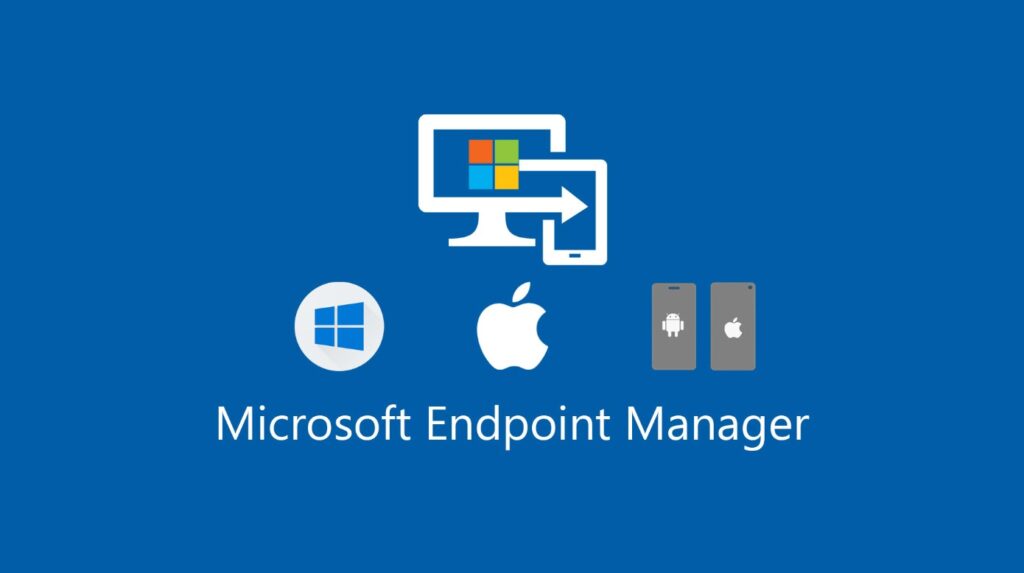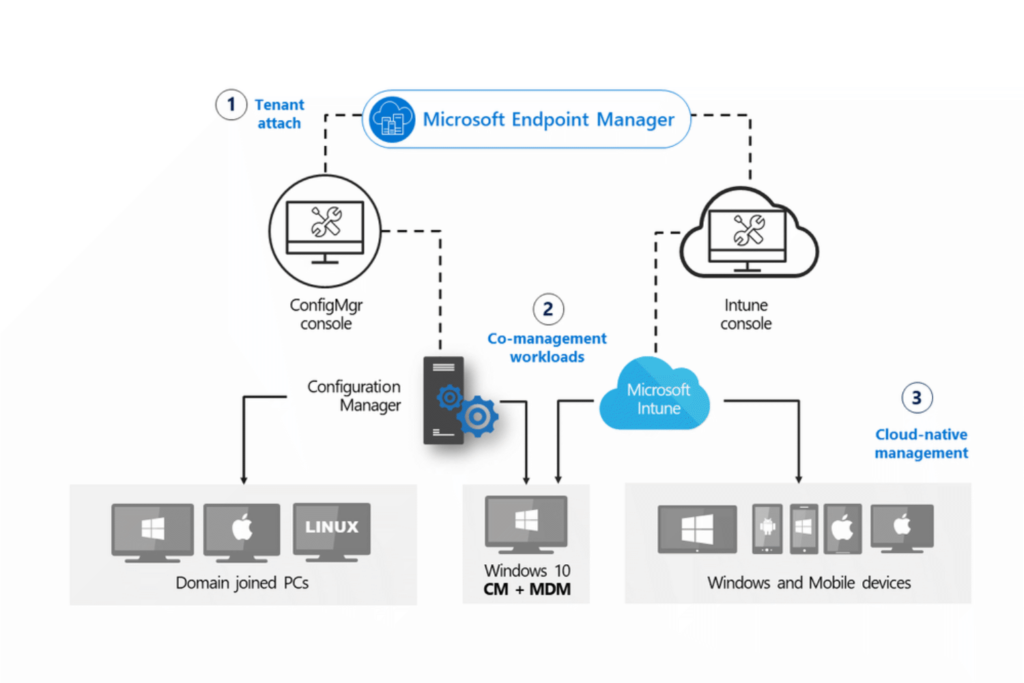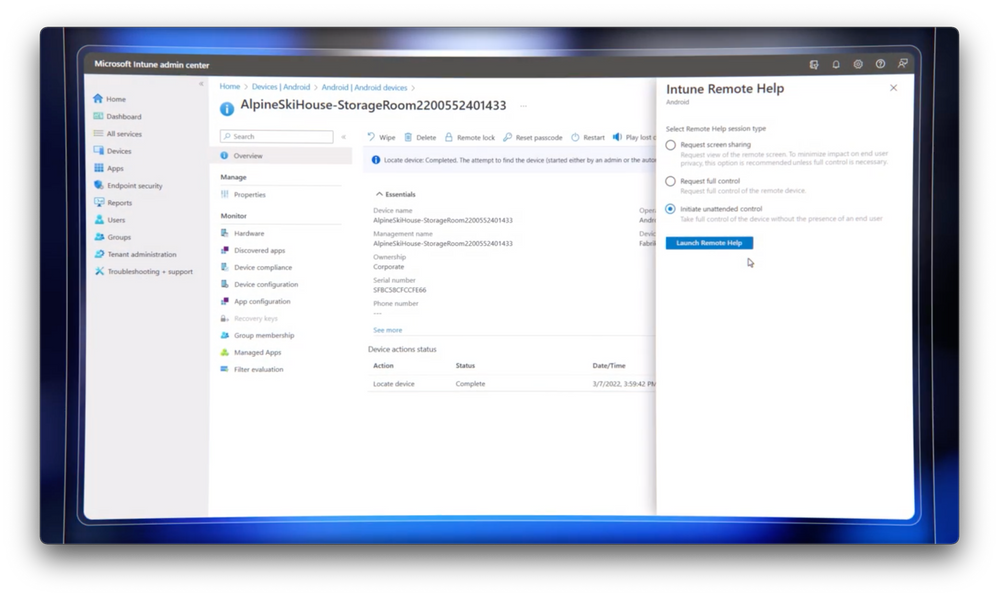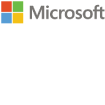If you are looking for a way to manage and secure your organization’s devices and applications, you may have come across Microsoft Endpoint Manager. But what is it exactly, and how does it differ from other Microsoft solutions like Intune and Configuration Manager (SCCM)? In this article, we will explain what Microsoft Endpoint Manager is, what it can do, and how it compares to Intune and SCCM.

What is Microsoft Endpoint Manager?
Microsoft Endpoint Manager (now part of the Intune family; more below) was a platform that integrated Microsoft Intune and Configuration Manager to provide a unified endpoint management solution. It allowed you to manage and protect endpoints, such as laptops, desktops, tablets, smartphones, servers, and virtual machines, across different operating systems, such as Windows, iOS, Android, macOS, and Linux. It also enabled you to deploy and manage applications, policies, updates, and compliance on your endpoints, as well as control access and data on both organization-owned and personal devices.
Microsoft Endpoint Manager consists of several components, including:
- Microsoft Intune: a cloud-based service that provides mobile device management (MDM) and mobile application management (MAM) for your organization’s devices and apps. Intune works with Azure Active Directory (AD) and Conditional Access to control access and data on organization-owned and personal devices. Intune is part of the Microsoft 365 license and has advanced capabilities for different types of endpoints.
- Configuration Manager: an on-premises management solution that can manage desktops, Windows servers, and laptops that are on your network or are internet-based. You can use Configuration Manager to manage data centers, apps, software updates, and operating systems. Configuration Manager is also known as System Center Configuration Manager (SCCM) or Endpoint Configuration Manager.
- Co-management: a feature that allows you to concurrently manage Windows devices by using both Configuration Manager and Intune. Co-management lets you cloud-attach your existing on-premises Configuration Manager investment with some of the cloud-based features in Intune, such as using the web-based Microsoft Endpoint Manager admin center.
- Endpoint Analytics: a feature that provides insights into the performance, health, and user experience of your endpoints. Endpoint Analytics helps you identify and fix issues, optimize device configurations, and improve productivity and user satisfaction.
- Windows Autopilot: a feature that simplifies the deployment and setup of new Windows devices without IT help. Windows Autopilot uses cloud-based services to configure devices based on predefined profiles and policies.
- Intune admin center: a web-based console that lets you manage your endpoints, apps, policies, and reports from anywhere. The Intune admin center is also known as the Microsoft Endpoint Manager admin center or the MEMAC.

What are the benefits of Microsoft Endpoint Manager?
Microsoft Endpoint Manager offers several benefits for organizations that want to manage and secure their endpoints, such as:
- Simplified and unified management: Microsoft Endpoint Manager provides a single platform to manage and protect your endpoints across different operating systems and environments. You can use the Intune admin center to manage your endpoints from anywhere, or use the Configuration Manager console for more granular control. You can also leverage co-management to take advantage of both cloud and on-premises features and transition to the cloud at your own pace.
- Enhanced security and compliance: Microsoft Endpoint Manager integrates with other Microsoft security solutions, such as Microsoft Defender for Endpoint, Microsoft Defender for Identity, Microsoft Cloud App Security, and Azure AD, to provide comprehensive protection and visibility for your endpoints. You can also use Microsoft Endpoint Manager to enforce compliance policies, such as encryption, password, firewall, and antivirus settings, and remediate non-compliant devices automatically or manually.
- Improved productivity and user experience: Microsoft Endpoint Manager helps you deliver a consistent and seamless user experience across your endpoints, regardless of the device type, ownership, or location. You can use Microsoft Endpoint Manager to deploy and update applications, configure device settings, and provide self-service options for your users. You can also use Endpoint Analytics to monitor and optimize the performance, health, and user satisfaction of your endpoints.
How does Microsoft Endpoint Manager compare to Intune and SCCM?
Microsoft Endpoint Manager is not a replacement for Intune or SCCM, but rather a platform that brings them together. Intune and SCCM are still standalone products that have their own features, licenses, and use cases. However, Microsoft Endpoint Manager provides a unified and simplified way to access and manage both Intune and SCCM, as well as other components like Endpoint Analytics and Windows Autopilot.
The table below summarizes some of the key differences and similarities between Microsoft Endpoint Manager, Intune, and SCCM:
| Feature | Microsoft Endpoint Manager | Intune | SCCM |
|---|---|---|---|
| Management type | Unified | Cloud-based | On-premises |
| Device types | Laptops, desktops, tablets, smartphones, servers, and virtual machines | Laptops, desktops, tablets, and smartphones | Laptops, desktops, servers, and virtual machines |
| Operating systems | Windows, iOS, Android, macOS, and Linux | Windows, iOS, Android, and macOS | Windows and Linux |
| Device management | MDM and MAM | MDM and MAM | Agent-based |
| Application management | Store, web, and line-of-business apps | Store, web, and line-of-business apps | Store, web, and line-of-business apps |
| Policy management | Configuration, compliance, and conditional access policies | Configuration, compliance, and conditional access policies | Configuration and compliance policies |
| Update management | Windows, Microsoft, and third-party updates | Windows and Microsoft updates | Windows, Microsoft, and third-party updates |
| Security integration | Microsoft Defender for Endpoint, Microsoft Defender for Identity, Microsoft Cloud App Security, and Azure AD | Microsoft Defender for Endpoint, Microsoft Defender for Identity, Microsoft Cloud App Security, and Azure AD | Microsoft Defender for Endpoint and Microsoft Defender for Identity |
| Analytics and reporting | Endpoint Analytics and Intune admin center | Endpoint Analytics and Intune admin center | Configuration Manager console |
| Deployment and setup | Windows Autopilot | Windows Autopilot | Operating system deployment |
Get Expert Services now.
Contact SCHNEIDER IT MANAGEMENT for Expert Licensing Consultancy and request a Personalized Quote for Your Organization immediately.
- Trusted by 100+ Businesses
- Risk-Free
- Expert Services
- Incredible Customer Service
- Best Licensing Conditions
Yes, I want expert licensing consultancy for my company
Here is my information
Microsoft Intune replaces Endpoint Manager
Effective October 12, 2022, Microsoft Intune becomes the name of the endpoint management family with the name Microsoft Endpoint Manager no longer being used. Going forward, Microsoft will refer to cloud management as Microsoft Intune and on-premises management as Microsoft Configuration Manager.
Microsoft Intune product family
The Microsoft Intune product family now includes:
- Microsoft Intune: Microsoft Intune is a cloud-based service that allows businesses to manage devices and applications from a single console. Intune is a part of the Microsoft Endpoint Management family, and it provides management of mobile devices, PCs, and applications from the cloud.
- Microsoft Configuration Manager: Microsoft Configuration Manager is an on-premises management tool that allows businesses to manage their devices and applications from a single console. Configuration Manager provides management of desktops, laptops, servers, and mobile devices on premises.
- Microsoft Intune Suite
- Microsoft Intune Remote Help: Microsoft Intune Remote Help is a feature that allows IT administrators to remotely assist users with their devices. This feature is available for both mobile and desktop devices.
- Microsoft Tunnel for Mobile Application Management (MAM): Microsoft Tunnel for Mobile Application Management (MAM) is a feature that provides secure access to on-premises applications and resources from mobile devices. This feature allows businesses to keep their data secure while still providing access to critical applications and resources.
- Microsoft Intune Endpoint Privilege Management: Microsoft Intune Endpoint Privilege Management is a feature that allows businesses to manage and secure access to sensitive resources and data on their endpoints. This feature provides businesses with the ability to control access to sensitive data and prevent unauthorized access.

Conclusion
Microsoft Endpoint Manager was a platform that integrates Microsoft Intune and Configuration Manager to provide a unified endpoint management solution. It allows you to manage and protect your endpoints across different operating systems and environments, as well as deploy and manage applications, policies, updates, and compliance. Microsoft Endpoint Manager also integrates with other Microsoft security solutions and provides insights and optimization for your endpoints. Microsoft Endpoint Manager is not a replacement for Intune or SCCM, but rather a platform that brings them together and simplifies your management experience.
Microsoft‘s endpoint management family has undergone some significant changes with the naming changes and product additions. With Microsoft Intune now being the primary name for cloud management and Microsoft Configuration Manager being the on-premises management tool, businesses can streamline their device management and application deployment from a single console. The suite of advanced solutions for Microsoft Intune provides businesses with additional features and capabilities to enhance their device management experience, making it easier than ever before to manage their endpoints.
If you have any questions, just contact SCHNEIDER IT MANAGEMENT for expert services on Microsoft licensing for organizations.
FAQs
What is the difference between Microsoft Intune and Microsoft Configuration Manager?
Microsoft Intune is a cloud-based endpoint management solution that provides mobile device management (MDM) and mobile application management (MAM) capabilities. It is designed to manage devices and applications in a modern, mobile-first world.
Microsoft Configuration Manager, on the other hand, is an on-premises endpoint management solution that provides traditional PC management capabilities, such as software distribution, inventory management, and patch management. It is designed for managing PCs in a corporate environment.
Will the changes to Microsoft endpoint management impact my existing Microsoft Endpoint Manager deployment?
No, the changes to the naming of Microsoft endpoint management will not impact your existing deployment. However, you may need to update any documentation or training materials that reference the old name.
Will I need to purchase additional licenses to access the new Microsoft Intune suite of advanced solutions?
It depends on your current licensing agreement with Microsoft. If you have Microsoft 365 E3 or E5 or any other plan that includes a license for Microsoft Intune, you will be able to access the new suite of advanced solutions at no additional cost. If you do not have a license for Microsoft Intune, you will need to purchase one in order to access the new suite of advanced solutions.
Is Microsoft Intune still available?
Yes, Microsoft Intune is still available, and it becomes the name of Microsoft’s endpoint management family.
Is Microsoft Endpoint Manager now Microsoft Intune?
Yes, Microsoft Endpoint Manager will no longer be used as a name for the endpoint management family, and it will be replaced by Microsoft Intune.
What is Microsoft Endpoint Manager?
Microsoft Endpoint Manager is no longer being used as a name for the endpoint management family, and it has been replaced by Microsoft Intune for cloud management and Microsoft Configuration Manager for on-premises management.
Links
For the full article about the naming change to Microsoft Intune, please visit: https://techcommunity.microsoft.com/t5/endpoint-management-blog/introducing-the-microsoft-intune-product-family/ba-p/3650769.
For the full article and to find out more about the capabilities of the new Microsoft Intune suite of advanced solutions, please visit: https://techcommunity.microsoft.com/t5/endpoint-management-blog/reduce-your-overall-tco-with-a-new-microsoft-intune-plan/ba-p/3650725.
For software licensing information on Microsoft products, please visit: https://www.schneider.im/software/microsoft/.
Please contact us for more information or to request a quote.

